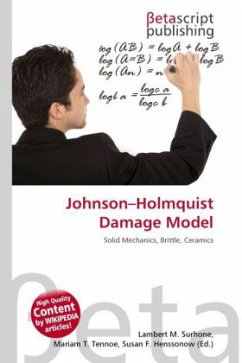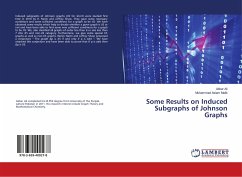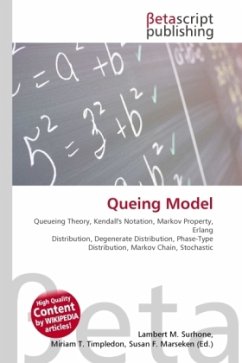High Quality Content by WIKIPEDIA articles! In solid mechanics, the Johnson Holmquist damage model is used to model the mechanical behavior of damaged brittle materials, such as ceramics, rocks, and concrete, over a range of strain rates. Such materials usually have high compressive strength but low tensile strength and tend to exhibit progressive damage under load due to the growth of microcracks. There are two variations of the Johnson-Holmquist model that are used to model the impact performance of ceramics under ballistically delivered loads . These models were developed by Gordon R. Johnson and Timothy J. Holmquist in the 1990s with the aim of facilitating predictive numerical simulations of ballistic armor penetration. The first version of the model is called the 1992 Johnson-Holmquist 1 (JH-1) model.
Bitte wählen Sie Ihr Anliegen aus.
Rechnungen
Retourenschein anfordern
Bestellstatus
Storno








